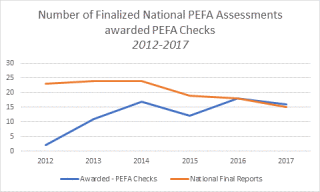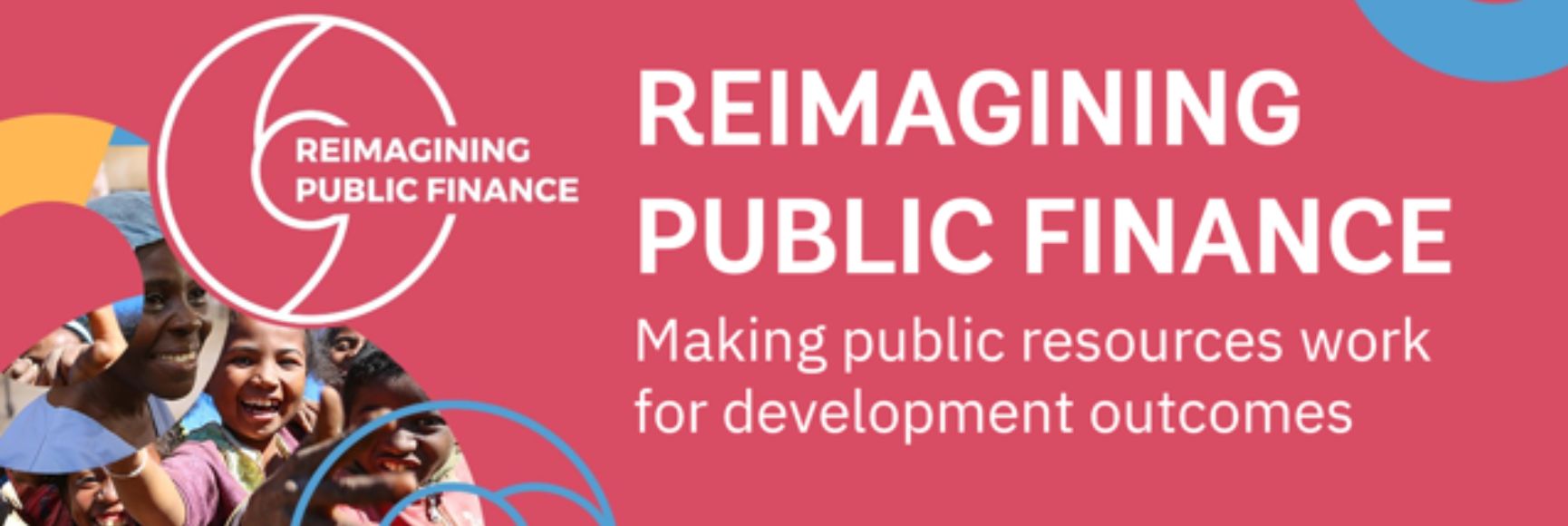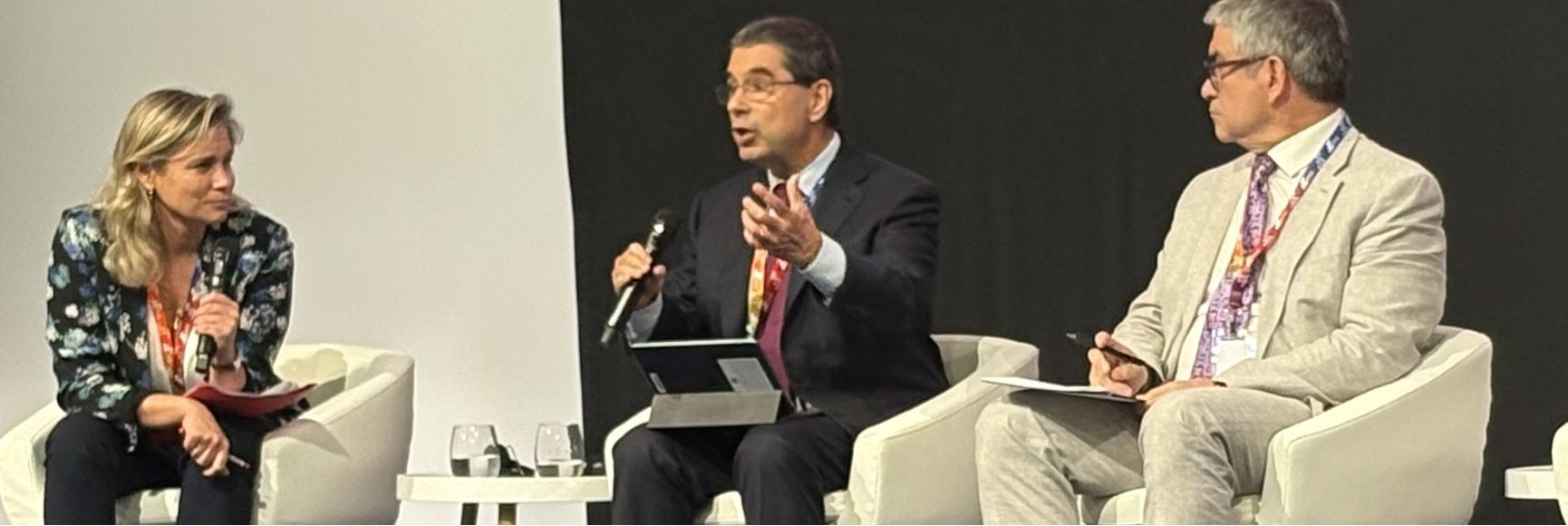Posted by the PEFA Secretariat[1]
Since 2012, countries undertaking a PEFA assessment have been invited to submit their reports for a ‘PEFA Check’. The Check certifies that a report is compliant with PFEA Guidance on the assessment and reporting process. PEFA Checks have been widely adopted by the governments and institutions sponsoring PEFA assessments (see charts below). All PEFA reports published in 2016 and 2017 received a PEFA Check.


In parallel, PEFA data are increasingly being used both to inform PFM reform actions in countries and to enrich the international debate and research on PFM. Enhancing the use of PEFA reports and data by governments, development partners, NGOs, and academics is one of the main goals of Phase V of the PEFA program. Hence, it is crucial to assure users that a PEFA assessment provides reliable information on PFM performance, and that its findings are soundly based.
In response to this need, the PEFA Secretariat has strengthened the existing requirements of the PEFA Check and introduced quality index thresholds. These thresholds are set for both (i) the extent to which a report complies with the recommended structure and format set out in the PEFA 2016 framework; and (ii) the extent to which indicator and dimension scores, and supporting narrative comply with the guidance issued in 2016. The new PEFA Check criteria became effective on January 1, 2018, and are available at https://pefa.org/sites/default/files/20180111-PEFA%20Check%20from%20January%201%202018-Final.pdf.
A PEFA Check ensures that the key documents of an assessment (concept note, draft report, and final report) follow a defined peer review process, and that quality criteria are met. An analysis of the first published reports using the 2016 methodology shows the usefulness of this review process. On average, after comments from all peer reviewers were considered, the compliance index at the dimension level[2] increased from 72 percent to 96 percent.
Beyond the formal review process, we would like to emphasize the importance of being in contact with the PEFA Secretariat from the beginning of the PEFA process. PEFA staff can help find the right guidance for every step of the assessment (see https://pefa.org/user-guidance), and can answer questions on methodology or quality assurance arrangements. The Secretariat can also help find PEFA assessors and trainers.
For further information on PEFA can be found at:
https://www.facebook.com/PEFASecretariat/
https://twitter.com/PEFASecretariat
[1] The Public Expenditure and Financial Accountability (PEFA) program is a partnership of the World Bank, the European Commission, the UK Department of International Development (DFID), the Swiss State Secretariat for Economic Affairs, the French Ministry of Foreign Affairs, the Norwegian Ministry of Foreign Affairs and the International Monetary Fund.
[2] The compliance index is the number of dimensions that are scored in accordance with the PEFA methodology, as supported by the evidence presented or described in the report, compared to the total number of dimensions that are scored.
Note: The posts on the IMF PFM Blog should not be reported as representing the views of the IMF. The views expressed are those of the authors and do not necessarily represent those of the IMF or IMF policy






